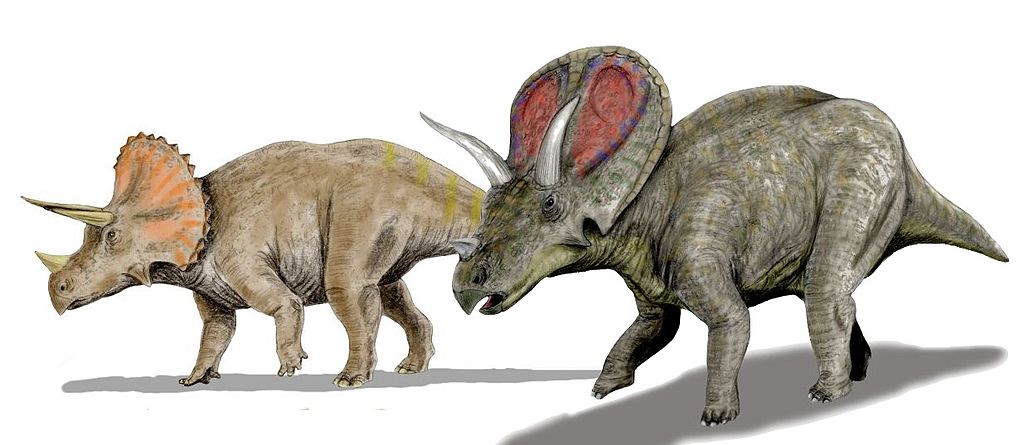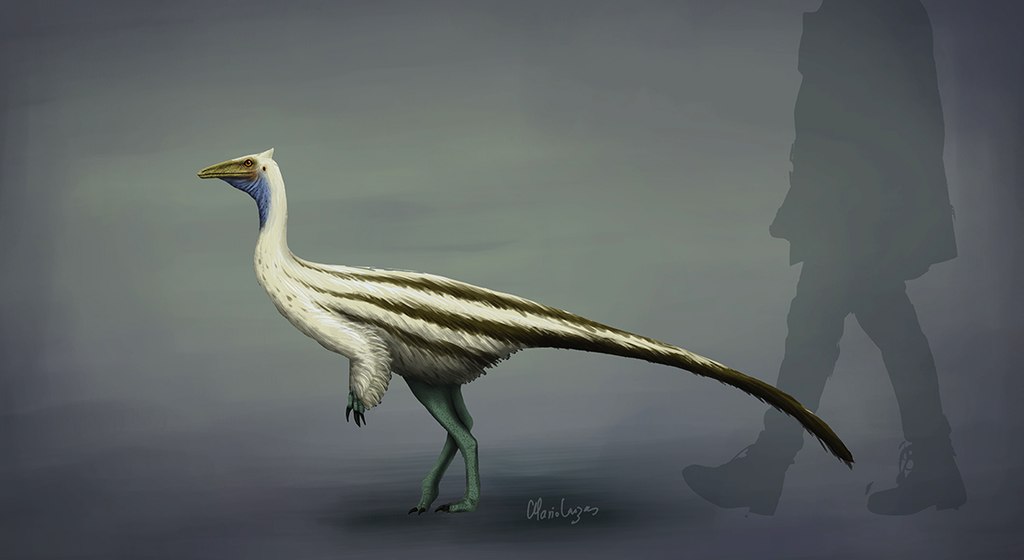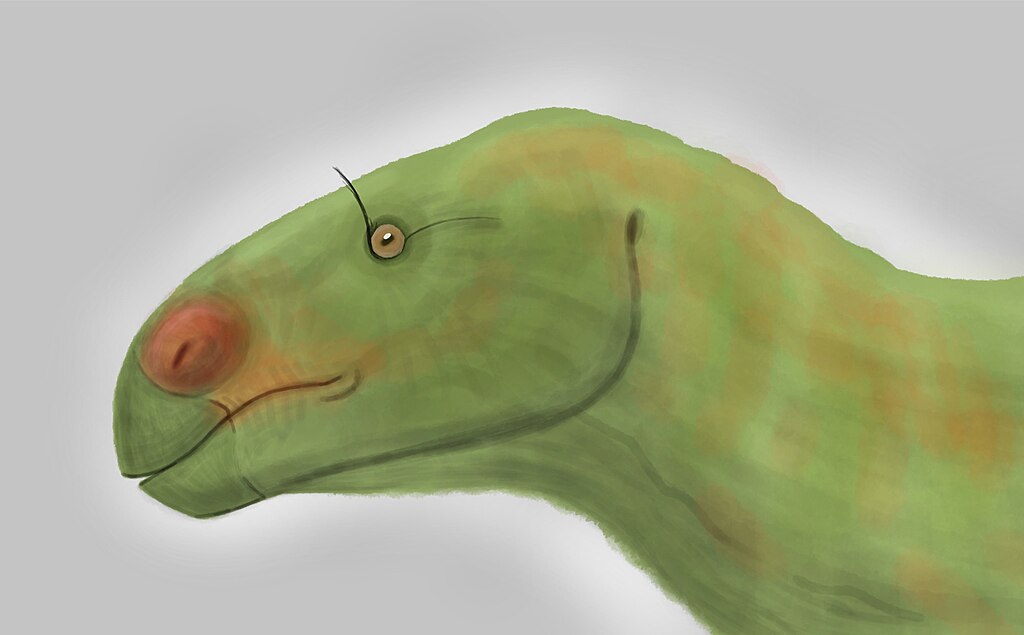Picture yourself standing in the badlands of Wyoming, where the wind whispers secrets from 68 million years ago. Here, buried beneath layers of time, lie the fossilized remains of some of Earth’s most magnificent creatures. Among these ancient giants, two horned dinosaurs have sparked one of paleontology’s most heated debates: were Triceratops and Torosaurus actually the same species at different life stages, or were they distinct animals that roamed the Late Cretaceous landscapes together?
The Great Horned Dinosaur Mystery Unfolds
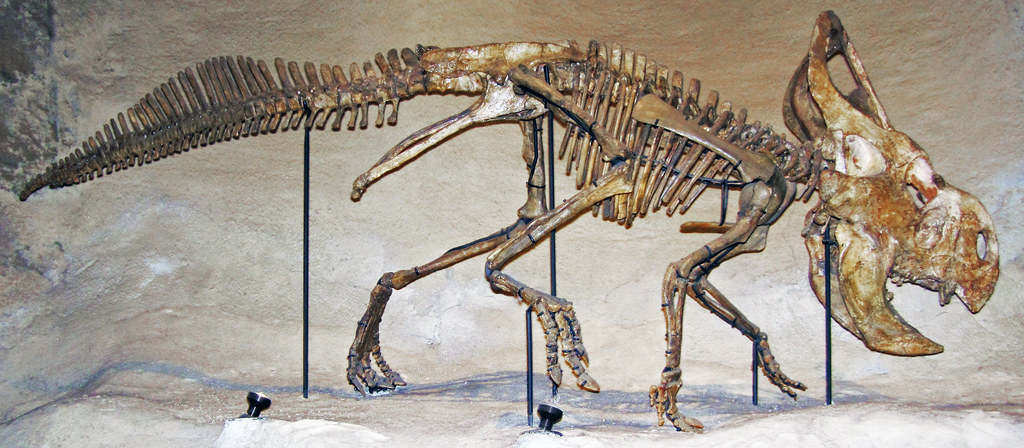
The story begins with two seemingly different dinosaurs, both boasting impressive three-horned faces and elaborate neck frills. Triceratops, discovered first in 1889, became the poster child for horned dinosaurs with its solid, relatively short frill. Torosaurus, found later in 1891, appeared larger and more mysterious with its elongated skull featuring distinctive holes in its frill. For over a century, scientists treated these as separate species, each occupying its own branch on the dinosaur family tree. However, recent discoveries in Wyoming’s fossil-rich formations have thrown this long-held belief into question. The debate now centers on whether these apparent differences simply reflect the natural aging process of a single species.
Wyoming’s Fossil Goldmine Reveals New Clues
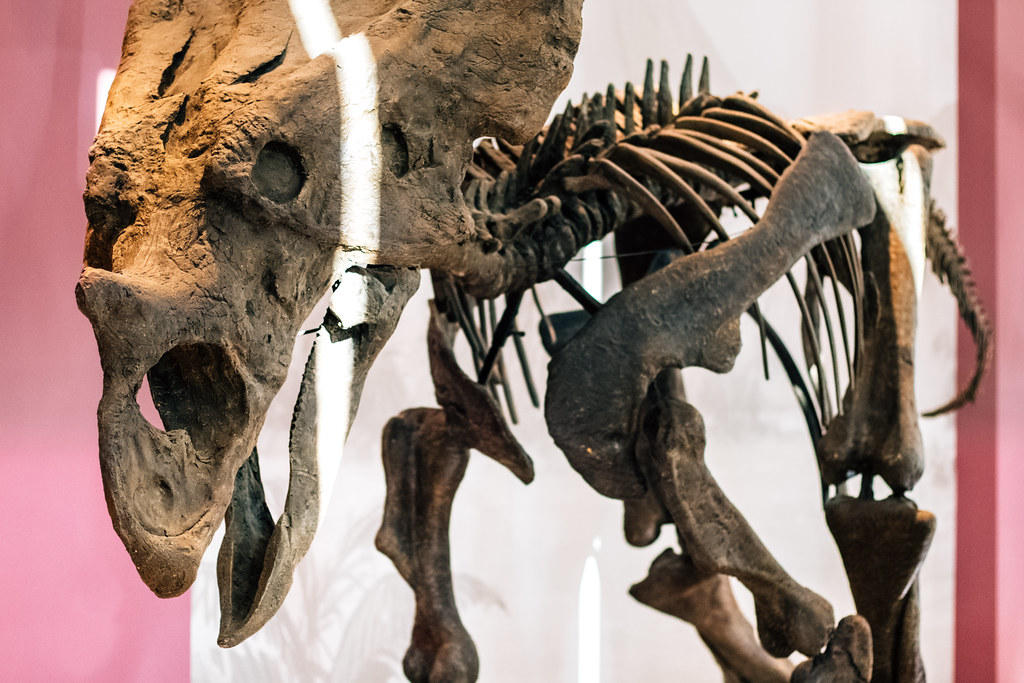
The windswept badlands of Wyoming have emerged as a treasure trove for understanding Late Cretaceous life. Here, the Hell Creek Formation and Lance Formation preserve an exceptional record of the final chapter of the dinosaur age. Recent excavations have uncovered dozens of Triceratops specimens alongside the much rarer Torosaurus fossils, providing paleontologists with unprecedented opportunities to study these animals side by side. The quality of preservation in Wyoming’s formations is remarkable, with some specimens retaining delicate bone textures and growth patterns that offer intimate glimpses into these animals’ lives. These discoveries have revolutionized our understanding of ceratopsian dinosaur evolution and development.
The Shocking Hypothesis That Changed Everything
In 2010, paleontologists John Scannella and Jack Horner dropped a bombshell on the scientific community with their controversial hypothesis. They proposed that Triceratops and Torosaurus weren’t separate species at all, but rather represented different growth stages of the same animal. According to their theory, young Triceratops would grow into adult Torosaurus through dramatic skull transformations involving frill elongation and the development of characteristic holes. This suggestion sent shockwaves through paleontology, challenging decades of established taxonomy. The implications were staggering – if true, it would mean that Torosaurus, named first, would take taxonomic priority, potentially retiring the beloved Triceratops name forever.
Bone Histology Unlocks Ancient Growth Secrets

The key to solving this mystery lies in the microscopic structure of fossilized bone tissue. Bone histology, the study of tissue organization, reveals growth patterns invisible to the naked eye. Wyoming specimens have provided crucial histological evidence showing that supposed “adult” Triceratops skulls often display rapid, ongoing bone growth rather than the slow, mature growth expected in fully adult animals. These growth patterns suggest that even large Triceratops individuals were still developing when they died. Scientists discovered that the bone tissue in Triceratops frills shows active remodeling and vascularization, indicating continued growth potential. This evidence strongly supports the idea that Triceratops specimens represent juveniles and subadults of a species that continued growing throughout their lives.
The Mysterious Transformation of Skull Architecture
One of the most fascinating aspects of this debate involves understanding how a Triceratops skull could theoretically transform into a Torosaurus skull. The process would involve radical changes in frill architecture, including significant elongation and the development of large fenestrae (holes) in previously solid bone. Computer modeling based on Wyoming specimens suggests this transformation is biomechanically possible through a process called ontogenetic niche shifting. As the animals aged, their massive head ornaments may have served different functions – from protection in youth to display and species recognition in maturity. The skull changes would have fundamentally altered the animal’s appearance and possibly its ecological role within Late Cretaceous ecosystems.
Counter-Evidence Challenges the Single Species Theory
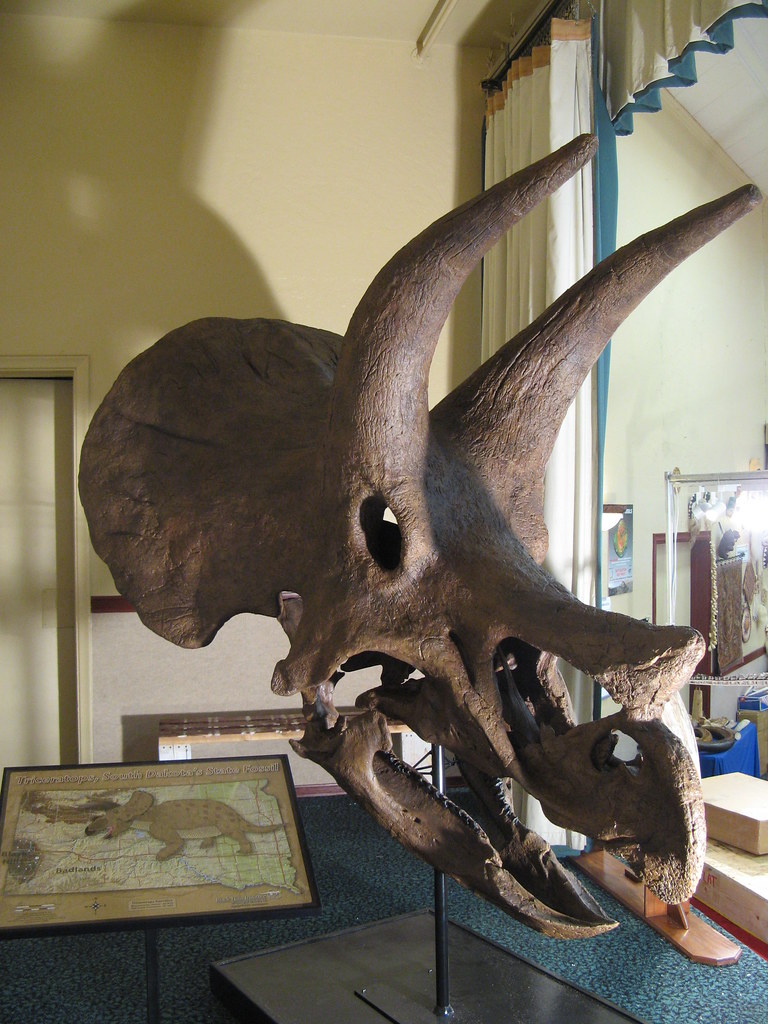
Not all scientists embrace the Triceratops-Torosaurus synonymy hypothesis, and Wyoming has provided evidence for both sides of the debate. Critics point to supposed adult Torosaurus specimens that appear smaller than some Triceratops skulls, suggesting size alone cannot explain the differences. Additionally, some researchers argue that the frill holes in Torosaurus appear too large and well-developed to result from simple bone resorption during growth. Detailed measurements of skull proportions from Wyoming specimens show statistical differences that some scientists believe represent distinct species rather than growth variations. The debate continues as new specimens emerge, each potentially supporting or refuting the single-species hypothesis.
Statistical Analysis of Wyoming Fossil Collections

Recent comprehensive studies of Wyoming ceratopsian collections have employed sophisticated statistical methods to analyze skull variation. These analyses compare hundreds of measurements across dozens of specimens, searching for patterns that might reveal whether observed differences represent species variation or individual growth. The data shows a fascinating continuum of skull features, with some specimens appearing intermediate between classic Triceratops and Torosaurus forms. However, statistical clustering sometimes suggests natural groupings that could support the two-species interpretation. The challenge lies in determining whether gaps in the fossil record create artificial separations or whether genuine species boundaries exist.
Ecological Implications of the Great Merge
If Triceratops and Torosaurus truly represent the same species, the ecological implications for Late Cretaceous ecosystems would be profound. Instead of two separate large herbivores competing for resources, we would have a single species occupying different ecological niches throughout its lifetime. Young, small-frilled individuals might have fed at different heights and on different plant materials than their massive, long-frilled elders. This ontogenetic niche partitioning could have reduced intraspecific competition and allowed higher population densities than previously thought possible. Such ecological flexibility might have contributed to the apparent success of this lineage during the final million years of the Cretaceous Period.
Advanced Imaging Reveals Hidden Bone Structures
Modern technology has revolutionized the study of Wyoming ceratopsian fossils through advanced imaging techniques. CT scanning allows scientists to peer inside fossil skulls without destructive sampling, revealing internal bone structures and growth patterns. These non-invasive methods have uncovered evidence of bone remodeling in Triceratops skulls that supports continued growth potential. High-resolution 3D modeling enables precise comparisons between specimens and helps identify gradual morphological transitions. Some of the most compelling evidence for the single-species hypothesis has emerged from these technological advances, showing how traditional morphological studies might have missed subtle but important developmental patterns.
The Rarity Problem in Fossil Interpretation

One puzzling aspect of the Triceratops-Torosaurus debate involves the dramatic difference in fossil abundance between the two forms. Triceratops remains are relatively common in Wyoming formations, while Torosaurus specimens remain frustratingly rare. If both represent the same species, why do we find so few “adult” Torosaurus-type skulls compared to “juvenile” Triceratops forms? Several explanations have been proposed, including higher mortality rates among younger individuals, preservation biases favoring smaller skulls, or extended lifespans that meant few individuals reached full maturity. The rarity of intermediate forms also complicates interpretation, though this could reflect the rapid nature of skull transformation during specific growth phases.
Comparative Studies With Other Horned Dinosaurs
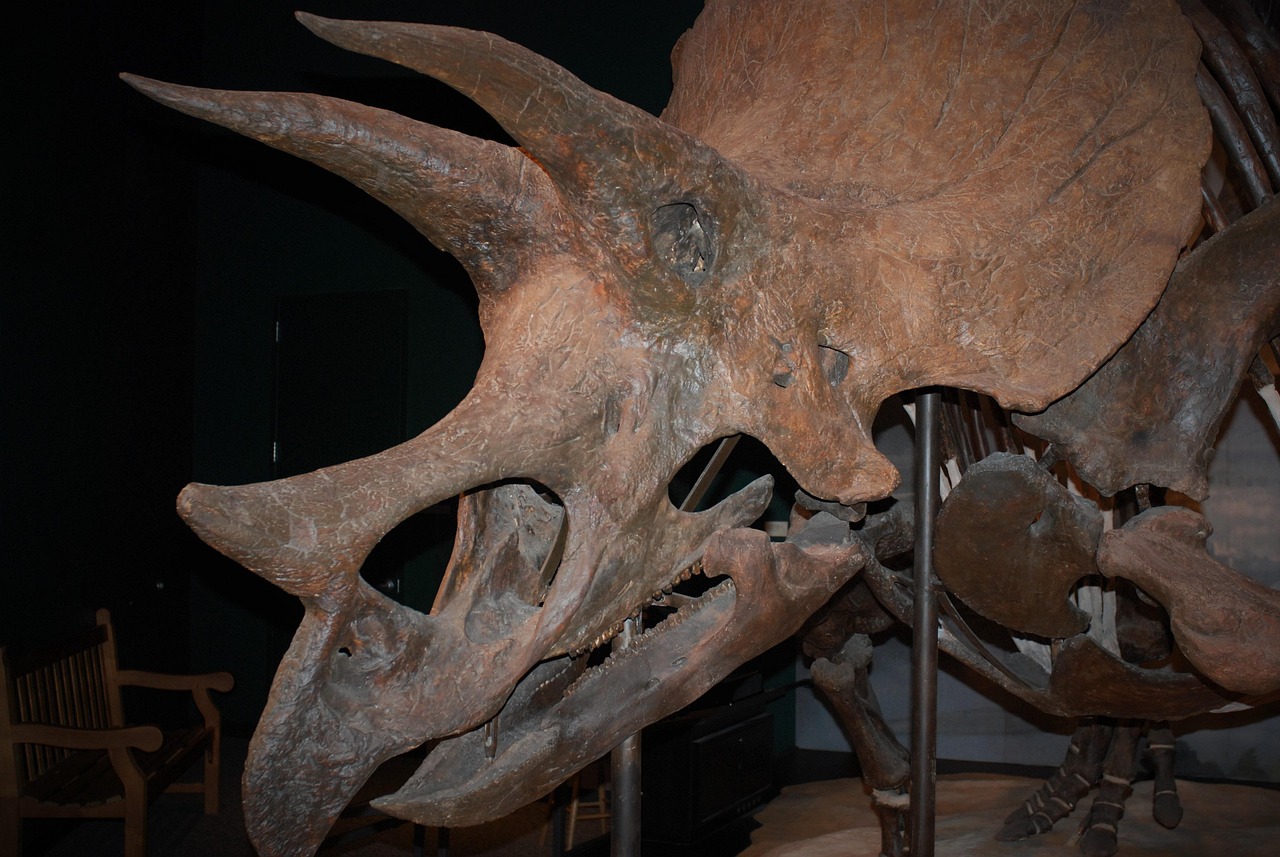
Wyoming’s rich ceratopsian fossil record includes not just Triceratops and Torosaurus, but also other horned dinosaur species that provide crucial comparative context. Studies of related species like Anchiceratops and Arrhinoceratops show that dramatic skull changes during growth were common among ceratopsians. Some species clearly underwent major frill modifications as they matured, lending credibility to the idea that Triceratops could have experienced similar transformations. However, these comparative studies also reveal that each ceratopsian lineage had its own unique growth patterns and developmental trajectories. The challenge lies in determining whether the Triceratops-Torosaurus transformation falls within the normal range of ceratopsian ontogeny or represents something unprecedented.
Molecular Approaches to Ancient DNA Questions

While DNA preservation in 68-million-year-old fossils remains impossible with current technology, scientists have explored other molecular approaches to the Triceratops-Torosaurus question. Protein analysis of Wyoming specimens has yielded limited but intriguing results, though contamination and degradation make interpretation challenging. Some researchers have investigated amino acid racemization patterns in bone collagen, searching for age-related changes that might support the growth hypothesis. Advanced chemical analysis of bone mineral composition has also revealed subtle differences between specimen types that could reflect either species variation or developmental changes. These molecular approaches remain in their infancy but may eventually provide definitive answers to this long-standing debate.
The Naming Controversy and Scientific Politics

The potential synonymy of Triceratops and Torosaurus has created an unexpected controversy in scientific nomenclature. Under international taxonomic rules, Torosaurus, named in 1891, would have priority over Triceratops, named in 1889 – but only if the species are truly identical. The prospect of losing the beloved Triceratops name has generated passionate responses from both scientists and the public. Some researchers have argued for maintaining both names regardless of the evidence, while others insist that scientific accuracy must prevail over popular attachment. The International Commission on Zoological Nomenclature has yet to rule definitively on this matter, leaving the scientific community in taxonomic limbo.
Future Research Directions and Emerging Technologies

The Triceratops-Torosaurus debate continues to drive innovative research approaches and technological developments. New excavations in Wyoming focus specifically on finding specimens that might represent intermediate growth stages, potentially filling crucial gaps in the developmental sequence. Advanced computer modeling now allows scientists to simulate skull growth and predict intermediate forms that haven’t yet been discovered. Emerging techniques in fossil preparation and analysis promise to reveal even more detailed information about bone growth patterns and life history. Some researchers are exploring biomechanical modeling to understand how skull changes would have affected feeding behavior and ecological roles throughout an individual’s lifetime.
What the Evidence Really Tells Us Today
After more than a decade of intense research and debate, the scientific community remains divided on whether Triceratops and Torosaurus represent one species or two. Wyoming’s exceptional fossil record has provided compelling evidence for both interpretations, highlighting the complexity of this paleontological puzzle. The bone histology studies strongly support continued growth in supposed adult Triceratops, while morphological analyses reveal patterns consistent with either growth or species differences. Perhaps most importantly, this debate has revolutionized our understanding of ceratopsian growth and development, regardless of its ultimate resolution. The controversy has also demonstrated how much we still don’t know about dinosaur biology and the challenges inherent in interpreting ancient life from fragmentary fossil evidence.
Conclusion

The windswept badlands of Wyoming continue to yield their ancient secrets, each new discovery adding another piece to this prehistoric puzzle. Whether future excavations will finally resolve the Triceratops-Torosaurus mystery remains to be seen, but one thing is certain – these magnificent horned giants continue to challenge our assumptions about dinosaur diversity and evolution. As scientists refine their techniques and uncover new specimens, we edge closer to understanding the true nature of these Late Cretaceous titans. What surprises might still be buried in Wyoming’s fossil-rich sediments, waiting to rewrite our understanding of these iconic dinosaurs?

